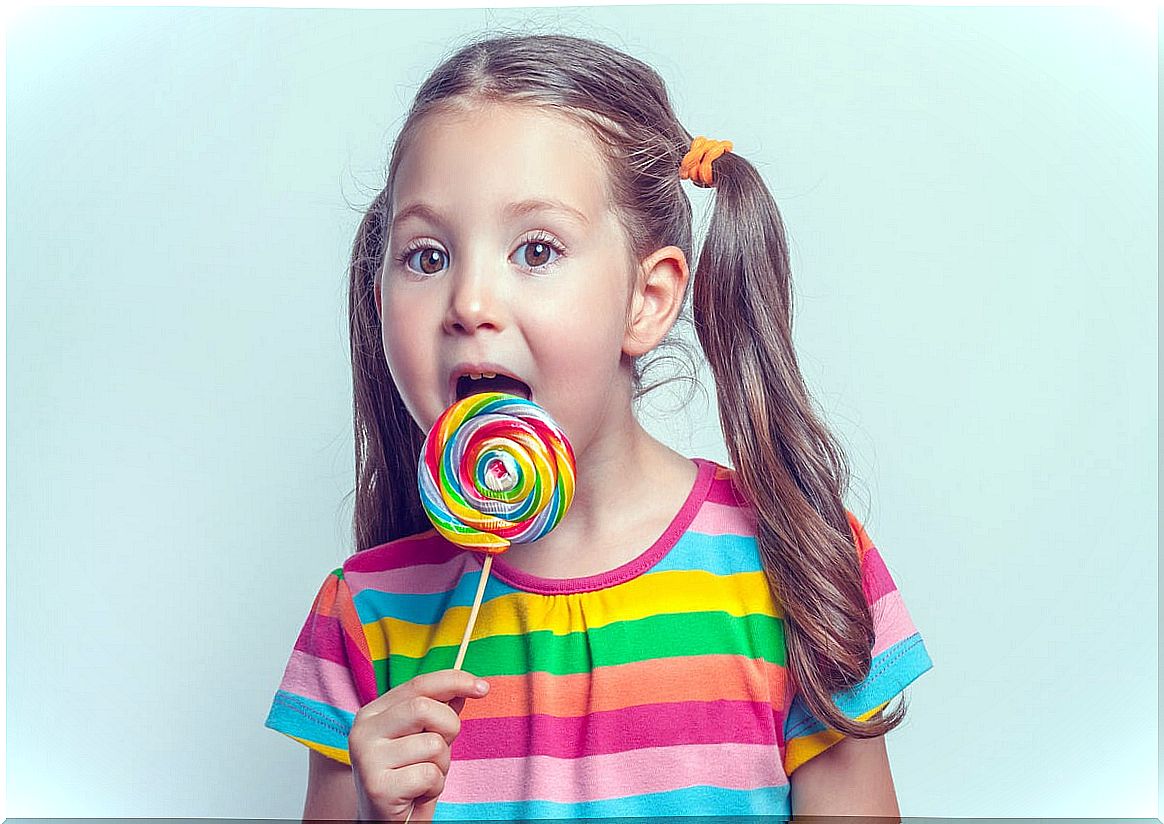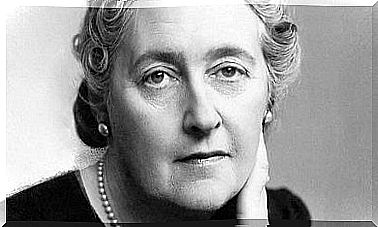What Is Positive Reinforcement And How To Use It?

What makes certain behaviors repeat themselves? How do we increase its frequency of appearance? Positive reinforcement has to do with all this, a procedure used especially in education and behavior therapy that seeks to enhance desired behaviors.
But what else do we know about positive reinforcement? How is it used? What types of reinforcements are there? How is it different from punishment? If you want to know the answer to these and other questions, as well as discover possible reinforcements to apply in your day to day, keep reading!
What is positive reinforcement and how to use it?
Positive reinforcement is a widely used resource in behavioral therapy and education. This type of reinforcement encompasses all those elements that increase the probability of a response appearing ; that is, all those things that would help us to consolidate a behavior and appear more frequently (they are usually appropriate and positive behaviors, such as: sitting well at the table).
A key figure in this area is BF Skinner, an American psychologist famous for his behaviorist theory; suggested that positive reinforcement is what allows reinforcing certain behavior patterns. According to him, positive reinforcement is anything that helps us repeat a desired behavior.
Skinner stood out for describing, in a systematic way, the characteristics of this type of learning procedure, and also applied it to various fields (especially in education).
Positive reinforcement, in addition, is a technique that is part of operant conditioning, a learning system based on the application of reinforcements and punishments in order to increase or reduce the probability of the appearance of certain behaviors. Through this type of procedure, the person creates an association between his behavior and its consequences.

Examples of positive reinforcement
What can be positive reinforcement? Practically anything. They can be praise (verbal reinforcement), objects, gestures, gifts, prizes, words, food …
Depending on the nature and characteristics of positive reinforcement, it belongs to one group or another. That is, there are multiple types of positive reinforcement. Throughout the article we will know what these types are.
How to use positive reinforcement
There are a series of premises that will make positive reinforcement more effective, and they have to do with how to use this procedure and how to choose the type of reinforcement:
- Immediate : Ideally, positive reinforcement should be applied immediately after the appearance of the desired behavior (that is, the one we want to increase).
- Consecutive : positive reinforcement should appear right after the desired behavior, not before or during it.
- Contingent : we must always apply positive reinforcement when the behavior we want to increase appears.
- Periodic : this procedure must be extended in time so that the desired behavior is consolidated.
- Choice of reinforcement : we must choose reinforcements that are novel, diverse and that motivate the person.
On the other hand, when using positive reinforcement, we must also take into account the following, for it to be effective: we must precisely specify the behavior we intend to increase ; In addition, we will control contingencies (or other reinforcements) that may be competing with ours.
Finally, we will prevent the person from being “satiated” with the reinforcement (that is, preventing them from getting bored with it), and for this we must control that the duration of the reinforcement is not excessive, estimating its optimal time.
Reinforcement and punishment
To understand more clearly what positive reinforcement is, we will also define what reinforcement and punishment, antagonistic procedures, consist of.
Reinforcement, as we said, is any stimulus that increases the probability of the appearance of a behavior ; This can be positive (when the appearance of some element makes the behavior increase) and negative (when the withdrawal of some element makes the behavior increase as well).
An example of positive reinforcement would be praising a child every time he eats all of his breakfast; on the other hand, a negative reinforcement would be to withdraw tasks that he does not like every time he finishes his homework. Both behaviors (praising and removing tasks), if they are repeated over time after the behaviors that we want to promote, would increase the probability of the appearance of the desired behaviors (in this case, that the child eats all breakfast and finishes all the homework).
For its part, punishment is the opposite of reinforcement; it would be anything that reduces the probability of the appearance of those behaviors that we want to eliminate. If the punishment is positive, we talk about the appearance of certain elements (for example, putting a child in front of the wall, giving a row or sermon, etc.); On the other hand, in negative punishment something that the child wishes is withdrawn (for example, take away the TV time, prohibit him from going out on the weekend, etc.).
Differences between procedures
Thus, the essential difference between “positive or negative” of both procedures is the appearance (positive) or withdrawal / disappearance (negative) of some element. On the other hand, what characterizes the reinforcement procedure is that it seeks to enhance desired behaviors; on the other hand, punishment seeks to eliminate unwanted behaviors.
Types of positive reinforcement
There are up to a total of sixteen types of positive reinforcement, grouped according to six criteria, according to the Vallejo Behavior Therapy Manual (2012). Do you want to know them?
1. According to its origin
Positive reinforcement, according to its origin (reinforcing value), can be classified as:
- Primary : it has an innate value, for example food.
- Secondary : they become reinforcers through learning, and they are more specific.
- Generalized : they are reinforcers of multiple responses (for example, money, tokens from a token economy …).
2. According to the reinforcement process
According to this criterion, positive reinforcement can be of two types:
- Extrinsic: the procedure is open and observable (eg praise).
- Intrinsic: the procedure is covert (for example a thought).
3. According to the administrator
Depending on who administers the positive reinforcement, it can be of two types:
- External: someone administers the reinforcement to the person.
- Self- reinforcement : it is the person himself who administers his reinforcement.
4. According to the recipient
Depending on the person receiving the reinforcement, the following are distinguished:
- Direct: the person himself receives the reinforcer.
- Vicar: the person observes how another person receives the reinforcer.
5. According to nature
Depending on its nature, positive reinforcement can be in the following ways:
- Material or tangible : possesses a physical entity (for example, a bicycle).
- Edible or manipulable : they are eaten or manipulated (for example, jelly beans).
- Social : interpersonal in nature, includes verbal and non-verbal language (for example, a hug).
- Activity : pleasant behaviors for the person (for example, going to the movies).
- Premack’s principle : when a low-frequency behavior increases its probability of occurrence when associated with another high-frequency one.

6. According to the schedule
Finally, according to the schedule, we find the following types of reinforcements:
- Natural: they have a high probability of appearing in the environment.
- Artificial: they are applied under specific conditions.
Educate through positive reinforcement
It is evident that the use of positive reinforcement offers very positive results in education; In addition, it is part of behavioral programs and broader treatments, such as ABA therapy ( Applied Behavior Analysis ), devised by the clinical psychologist Ole Ivar Lovaas and especially indicated for children with autism.
As we said, positive reinforcement is also part of broader behavioral techniques or programs, such as differential reinforcement of incompatible behaviors, differential reinforcement of alternative behaviors, etc. In all of them, positive reinforcement is used as one more tool that allows reinforcing and enhancing the behaviors that they want to maintain (that is, those appropriate or appropriate).
In addition, positive reinforcement is very appropriate, not only to maintain desired behaviors, but also to create (establish) behaviors that do not yet exist.









